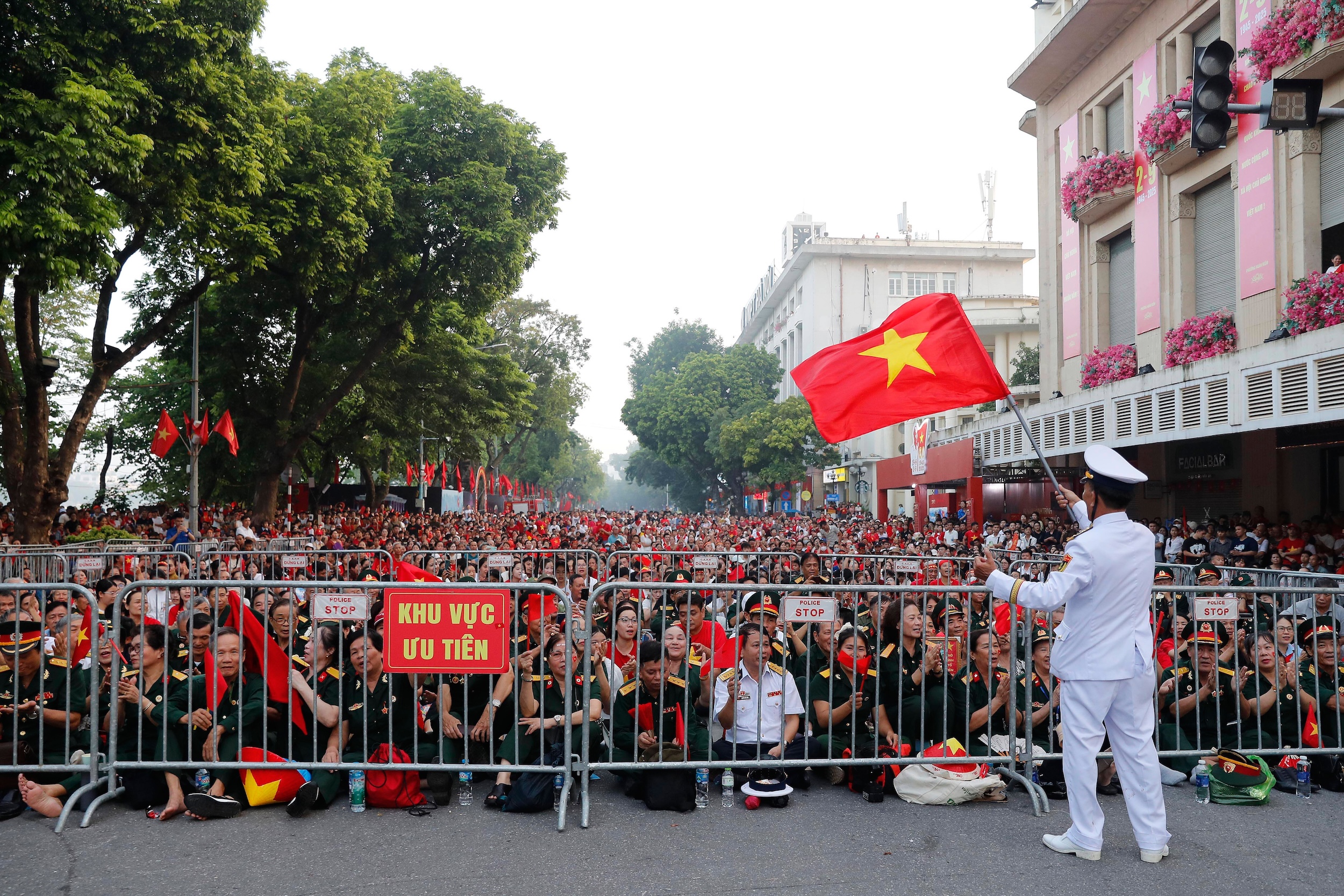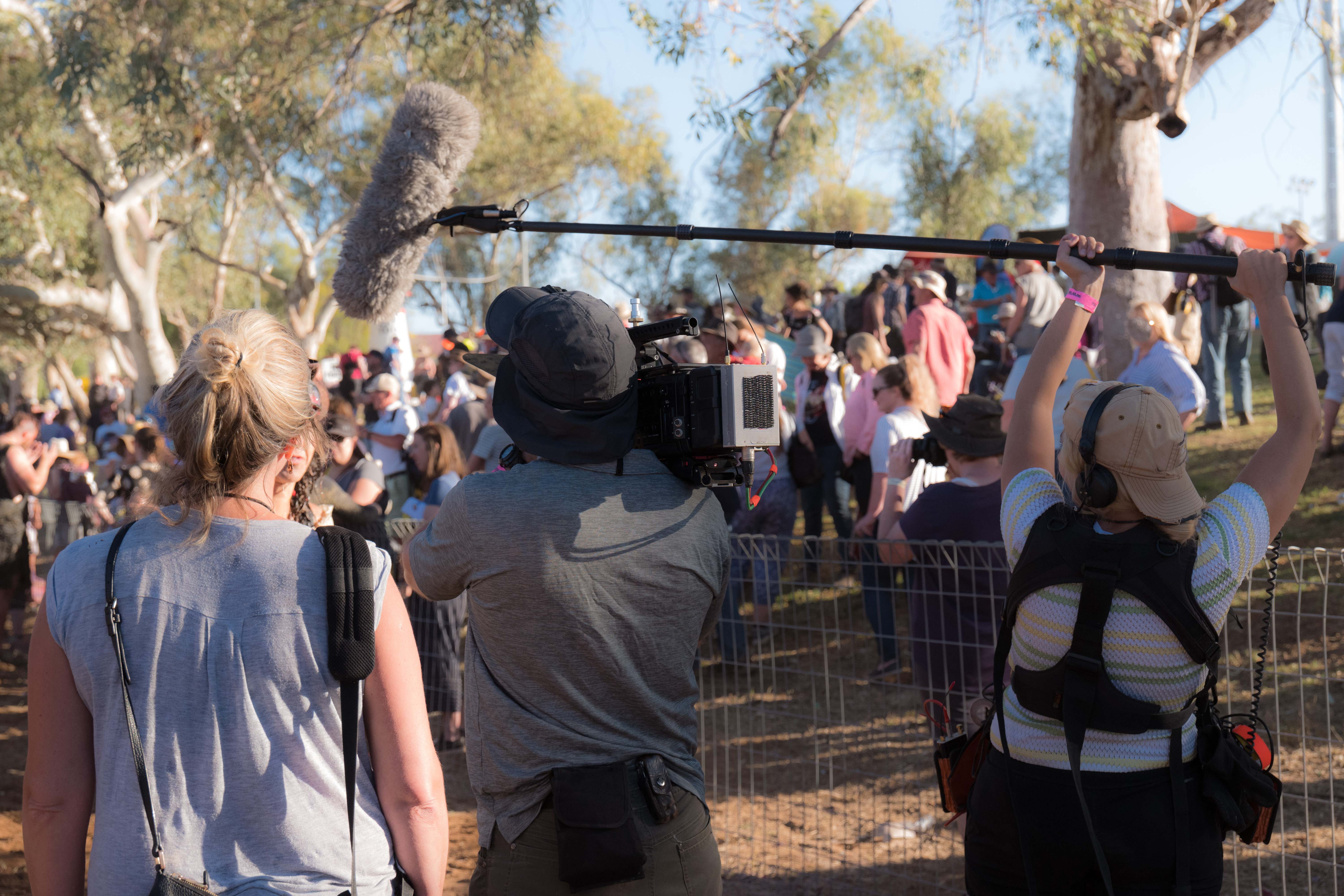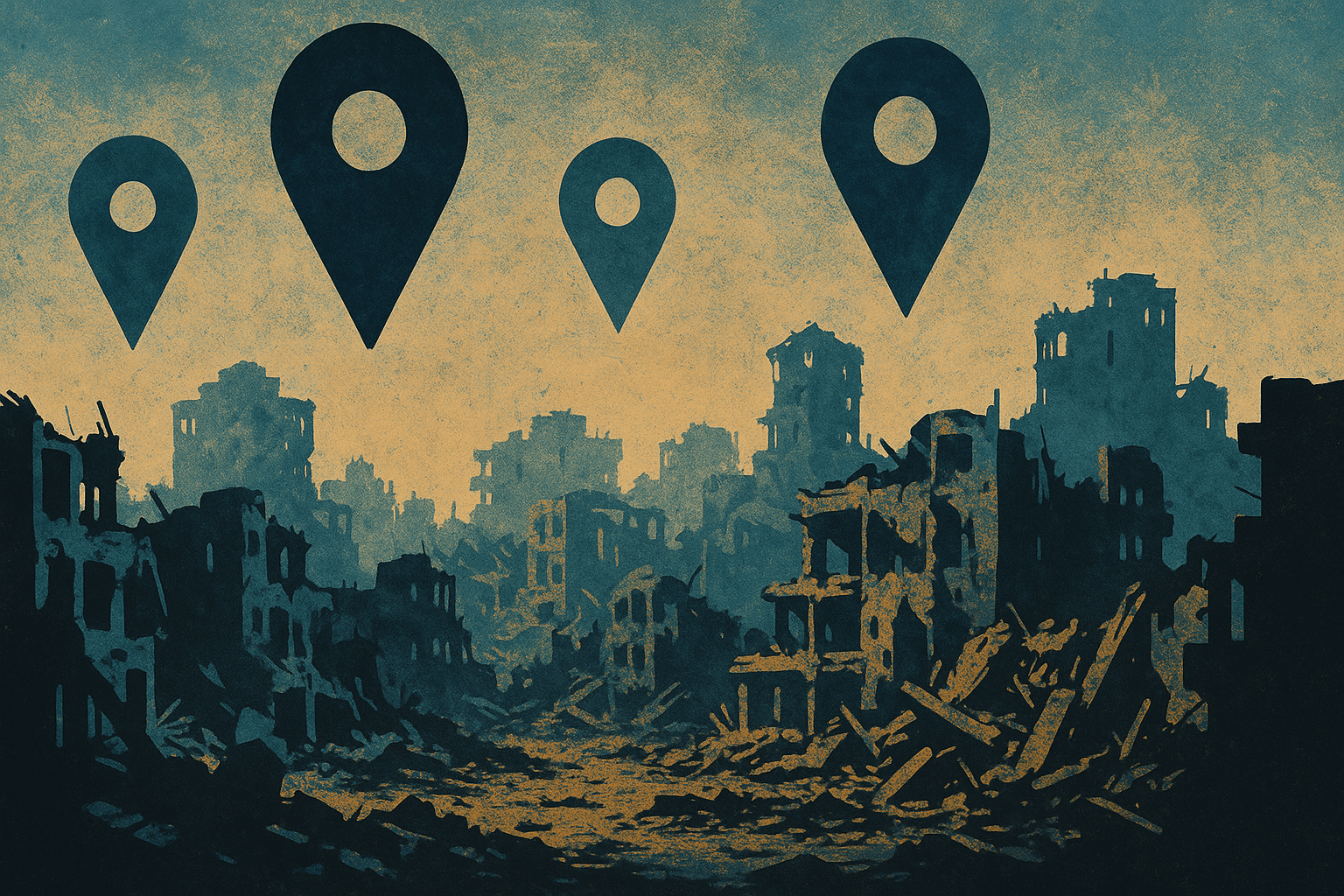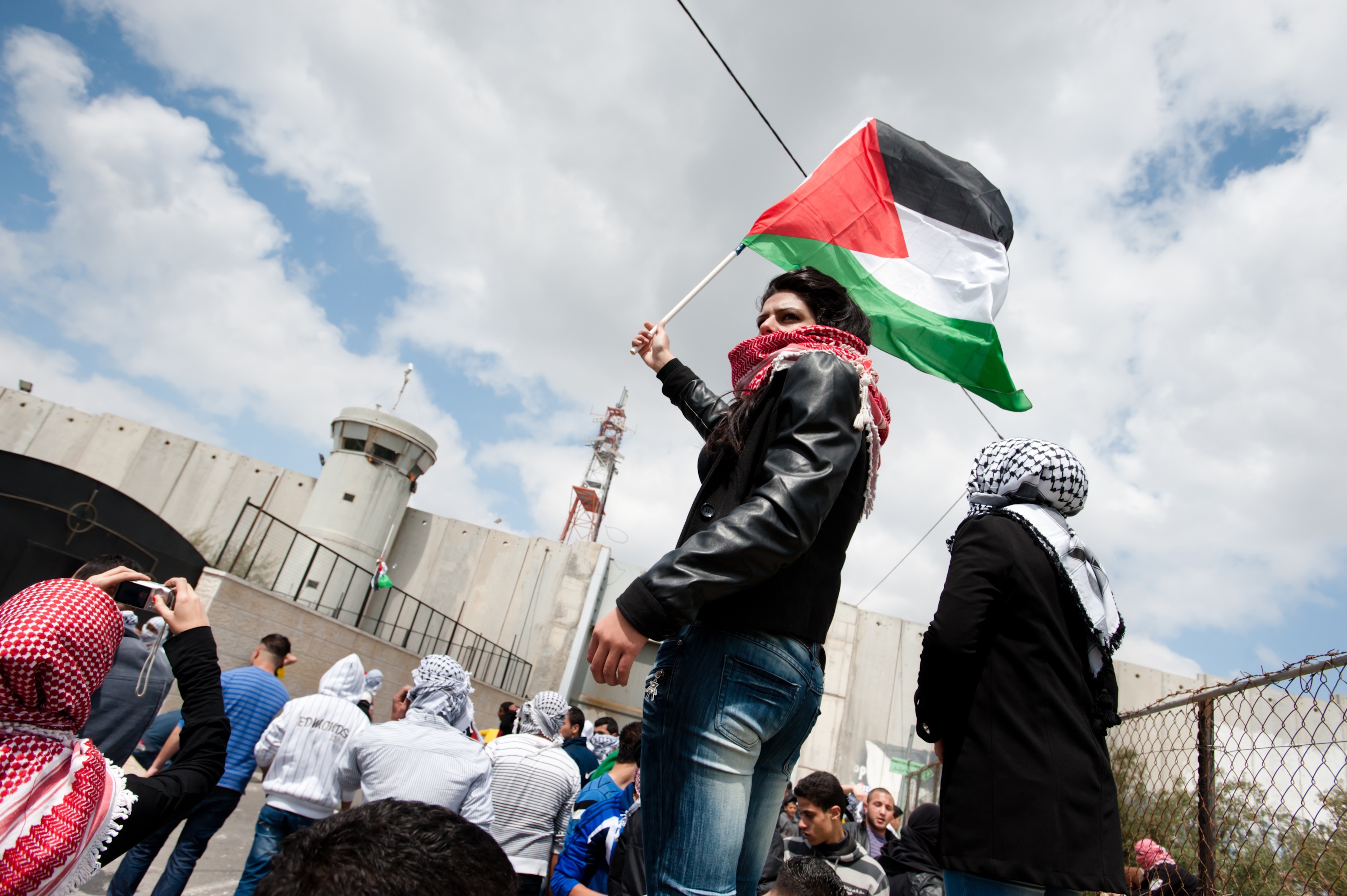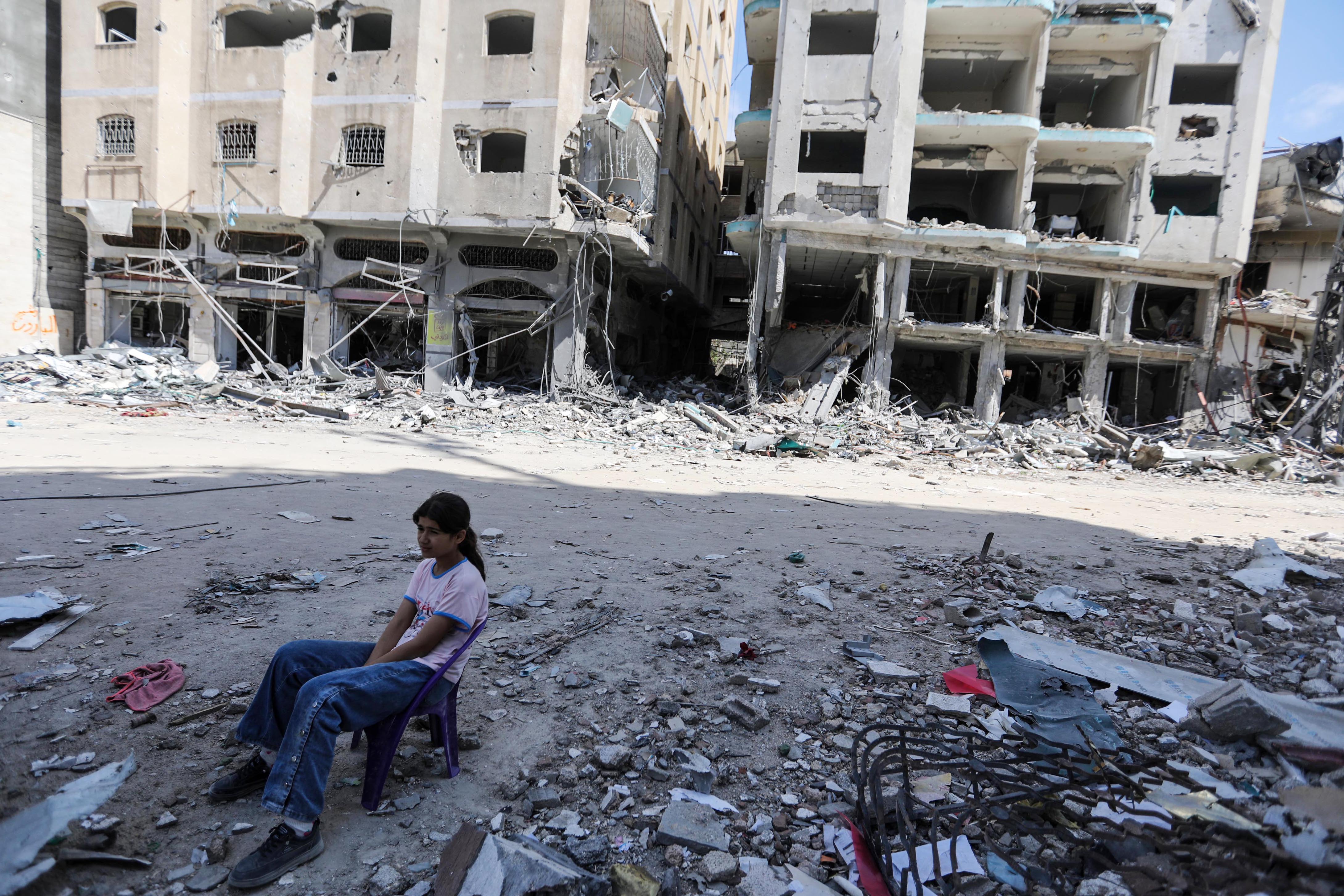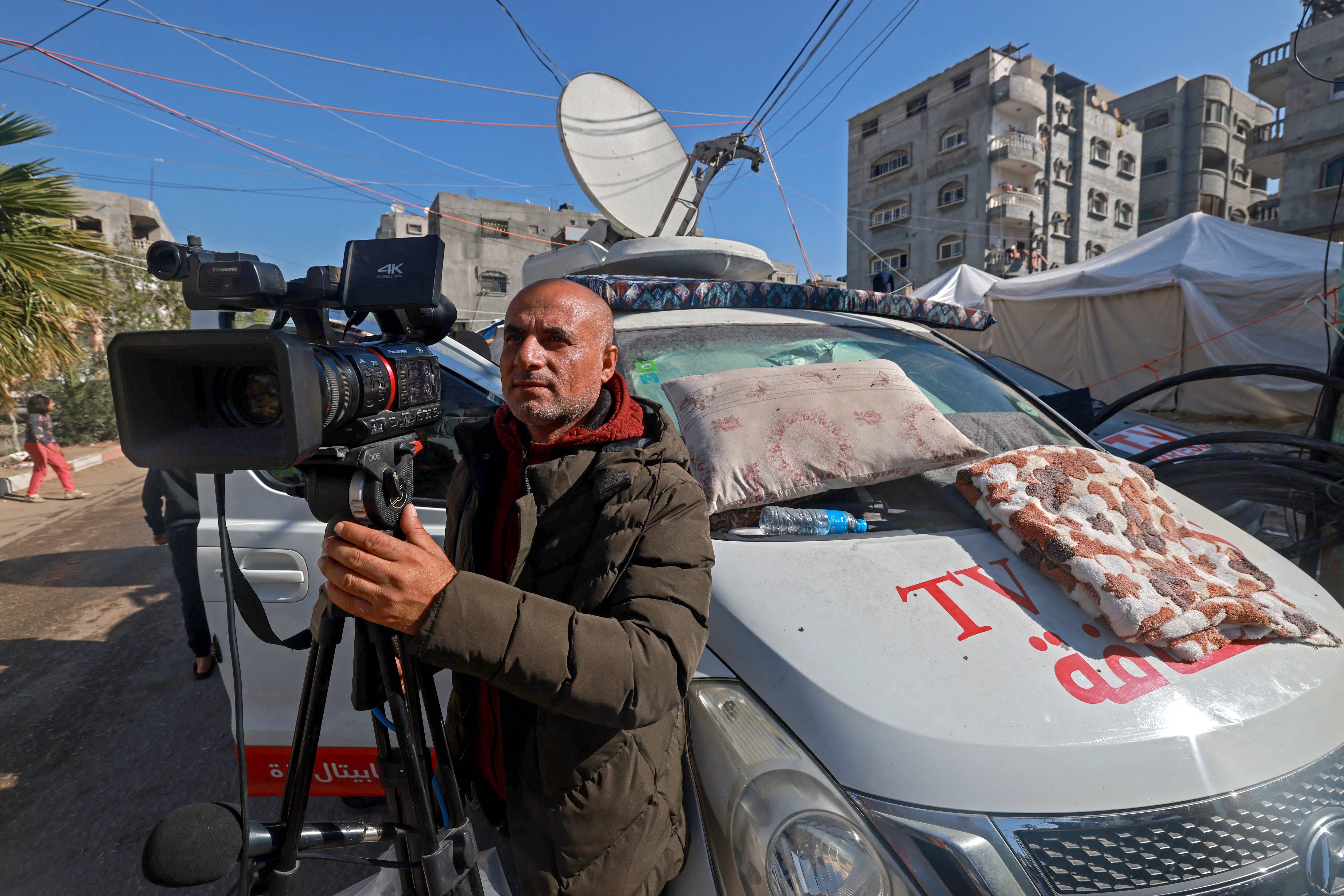This article was originally written in Arabic and translated into English using AI tools, followed by editorial revisions to ensure clarity and accuracy
How did The Washington Post's coverage differ between Israel’s bombing of Gaza hospitals and Iran’s strike on an Israeli hospital? Why does the paper attempt to frame Palestinian victims within a “complex operational context”? And when does language become a tool of bias toward the Israeli narrative?
Since the intensification of the genocidal war on the Gaza Strip in October 2023, Western media coverage—particularly by major American news outlets—has oscillated between a superficial professionalism and a structurally entrenched bias favoring the Israeli narrative. A comparative analysis of journalistic coverage of Israeli attacks on Gaza versus events in which Israel is portrayed as the victim reveals a systematic linguistic and editorial pattern that reproduces partial framing and affords Israel disproportionate sympathy and legitimacy.
Among the most conspicuous examples of such editorial bias is The Washington Post, whose lexical and editorial choices shift noticeably depending on the identity of the actor and the victim. When Israel bombed hospitals in Gaza, the newspaper employed neutral or ambiguous language. However, in reporting on Iran’s strike on an Israeli hospital, the paper adopted unequivocal language and a tone of outright condemnation—devoid of editorial caution or linguistic nuance. This disparity is not merely a matter of stylistic preference; it is a deliberate editorial and linguistic selection process reflective of the framing mechanisms that shape public perception and influence attitudes toward critical international issues—especially the ongoing campaign of genocide.
This editorial framing was particularly evident in the Western media’s coverage of Iran’s June 19, 2025, missile strike on Soroka Medical Center in Be’er Sheva, in southern Israel. Newsrooms rushed to portray the incident as a direct assault on a civilian facility, employing stern and unambiguous language. In a report titled “Iranian missile strikes hospital, prompting Israeli threat of retaliation,” The Washington Post characterized the attack as a “direct hit on a hospital,” quoting Israeli officials who described the strike as a “deliberate targeting of civilians” and a “flagrant violation of international law.”
By contrast, when Israeli forces bombed hospitals in Gaza, The Washington Post opted for neutral or doubtful terminology. In the case of the Iranian strike, the paper used definitive language and a clear tone of condemnation, without hedging or editorial scrutiny.
The report also stated that the attack caused “severe damage” to the surgical ward and wounded at least 80 individuals, most of them with minor injuries. Notably, the newspaper adopted assertive, unambiguous expressions such as “missile strike” and “direct hit on the hospital,” avoiding linguistic qualifications, technical analyses, or delays in attributing responsibility to Iran. This reveals a decisive editorial stance when Israel is on the receiving end of violence.
Conversely, when it comes to repeated Israeli bombings of hospitals in Gaza, the tone shifts dramatically. The paper resorts to cautious language, deploying terms such as “explosion,” “unclear evidence,” or “no conclusive proof.” This rhetorical shift reflects a clear tendency to defer condemnation or introduce doubt into the narrative rather than naming the perpetrator outright.
For instance, in a visual analysis published by The Washington Post regarding the explosion at Al-Ahli Arab Hospital in Gaza City in October 2023, the newspaper adopted a cautious tone focused on technical video analysis and forensics. It refrained from taking a definitive stance on Israeli culpability, stating that “visual evidence does not conclusively show that Al-Ahli Hospital was hit by an Israeli airstrike,” and adding that “the damage pattern does not align with that of an aerial bombardment.”
The distinction, then, between a “direct missile strike on a civilian hospital” in Israel and an “explosion under investigation” in Gaza is not merely semantic—it stems from an underlying system that determines which victims are worthy of empathy and who merits full legal recognition as a target of bombing, starvation, or slow death.
Framing the Victim
On July 4, 2025, The Washington Post published a report titled “Gaza doctor’s death in Israeli strike devastates medical community,” detailing the killing of Dr. Marwan Al-Sultan, a prominent Palestinian physician, whose home in Jabalia, northern Gaza, was bombed by Israeli forces. Despite acknowledging his medical stature, the article avoided describing the strike as a blatant violation of international humanitarian law or a direct attack on civilians. Instead, it employed cautious language such as: “The Israeli military claimed it was targeting a Hamas operative,” and “civilian casualties are currently under review.”
This pattern of framing reproduces a discourse that casts doubt on the victim’s narrative and shifts responsibility to what is described as a “complex operational context,” while offering the Israeli military version a comfortable degree of justification—even in the absence of definitive evidence. The headline’s focus on “shock in the medical community” is a clear attempt to sidestep framing the incident as a potential war crime, evading clear legal descriptors such as “targeting a civilian doctor” or “illegal airstrike.”
This kind of language constructs a preemptively skeptical framework toward Palestinian victimhood, while providing institutional cover to Israeli military actions—even absent substantiating evidence.
In a more telling example, in May 2024, The Washington Post published an investigative report titled “Mapping the damage to Gaza’s hospitals: Battered, abandoned and raided,” which detailed the destruction of the Strip’s healthcare infrastructure, reporting that 32 out of 36 hospitals had been damaged, some from direct attacks and others from repeated raids. Yet, the report avoided terminology such as “systematic bombing” or “deliberate targeting.” Instead, it used neutral phrases like “Israeli forces raided,” “facilities caught in crossfire,” and “buildings damaged during military operations.” This lexical framing clearly dilutes the legal and ethical weight of the events, recharacterizing them as incidental chaos within a symmetrical battlefield.
Likewise, in the case of the shooting of civilians at an aid distribution point in northern Gaza—an incident in which the Palestinian Ministry of Health reported 31 civilian deaths—The Washington Post initially published a report relaying these figures, but quickly retracted it. The paper then issued a revised version indicating that “the original article gave undue credence to unverified claims.” A formal apology followed on X, titled: “Correction: We’ve deleted the post below because it and early versions of the article didn’t meet Post fairness standards.” This editorial retraction underscores the paper’s hesitation in adopting the Palestinian narrative, even when dealing with verified civilian casualties in well-documented contexts—while simultaneously demonstrating a readiness to revise narratives that contradict official Israeli accounts or lack independent “technical evidence.”
In the Palestinian context, the consistent refusal to use terms such as “crime,” “targeting civilians,” or “illegal strikes” weakens the moral and legal weight of events, implicitly neutralizes the perpetrator’s responsibility, and justifies the actions. Conversely, deploying such vocabulary in the Israeli context reinforces the trope of the “democratic victim” facing a “terrorist aggressor.”
This bias inevitably shapes public reaction and mobilization. Definitive language can galvanize public outrage, provoke protests, and pressure governments to act. In contrast, vague and reserved wording muddles the narrative and reduces the ethical and legal burden. In this way, journalism ceases to be a neutral conduit for information and instead becomes an active participant in shaping perception—controlling not only how events are understood, but who is held accountable, and who is exonerated.
This type of professional bias cannot be separated from the relationship between major media institutions—such as The Washington Post—and the centers of political power in the United States. The media, in this case, functions less as an independent watchdog and more as a soft extension of policy-making apparatuses, placing geopolitical considerations above journalistic integrity.
An analysis of The Washington Post’s coverage of the Israeli war on Gaza reveals a fundamental flaw that goes beyond editorial details to the construction of the media narrative itself. The coverage has exposed a stark linguistic and ethical discrepancy in reporting Israeli attacks on Palestinian civilians—particularly hospitals, shelters, and aid centers—versus coverage of similar (or less destructive) Iranian strikes on Israeli facilities, as in the case of Soroka Hospital. In the absence of critical self-assessment, such institutions are likely to reproduce the same narrative frameworks—cementing language as a tool of bias rather than truth.

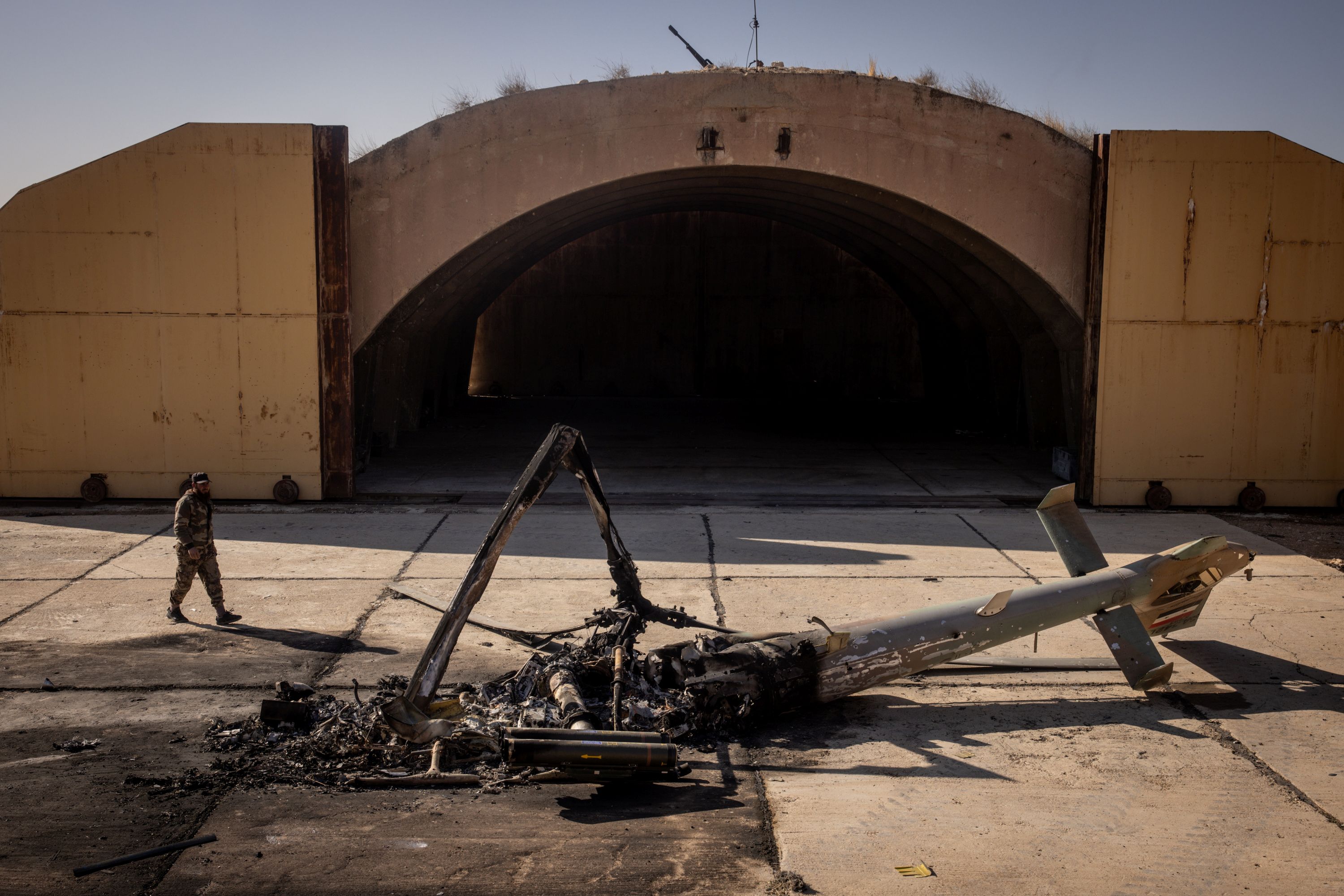

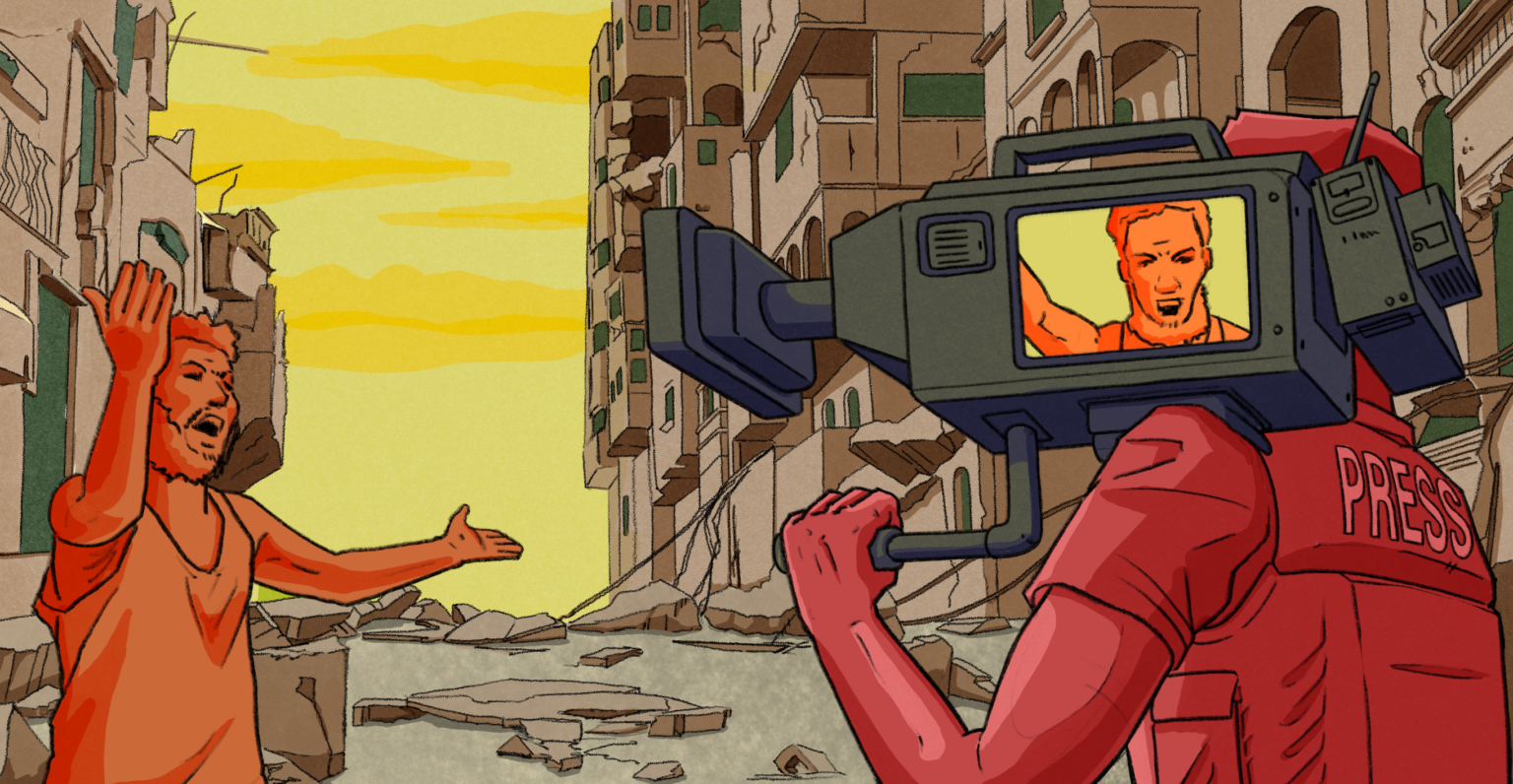


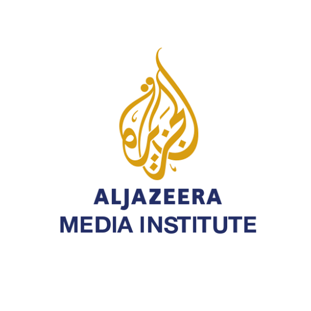

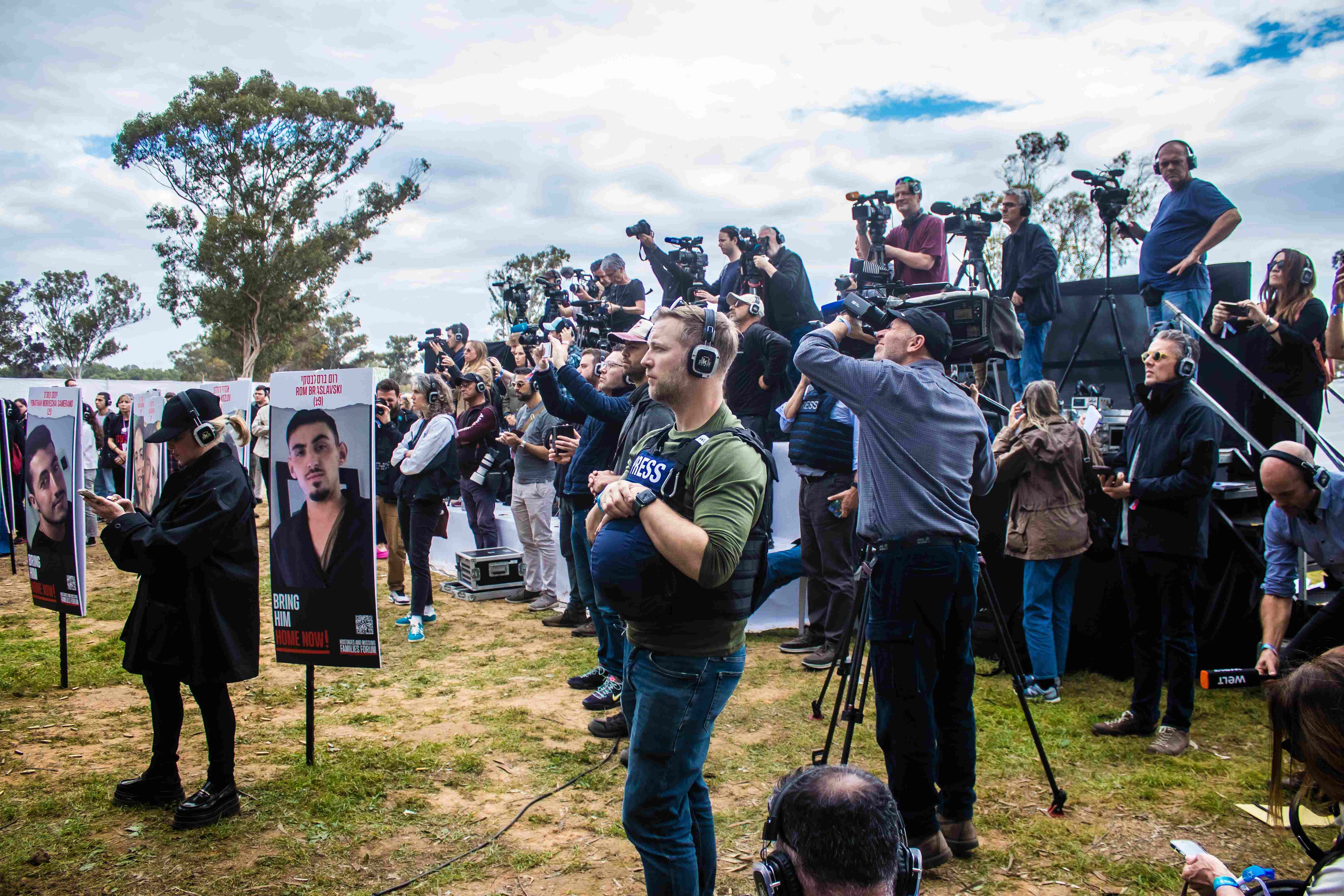

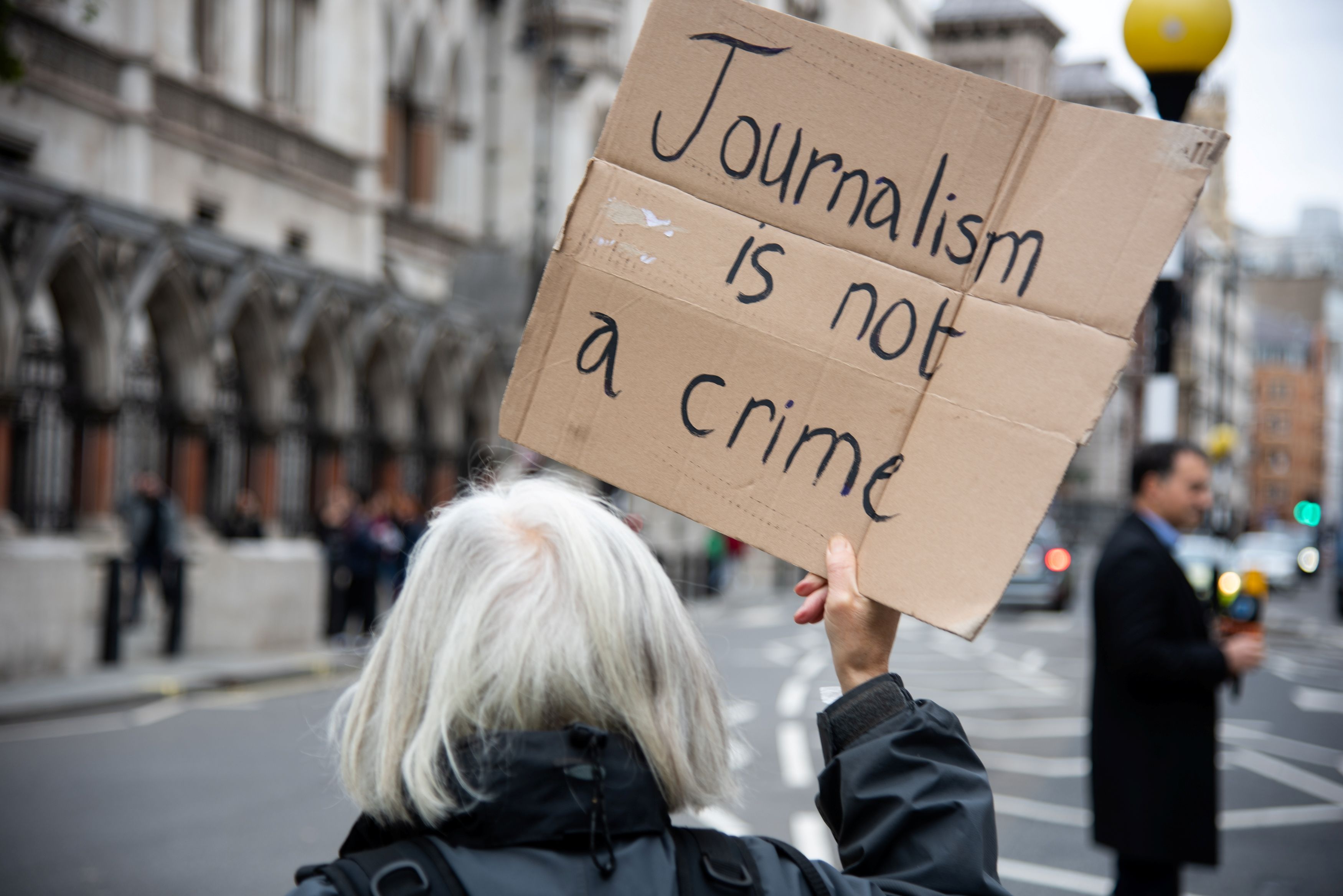

![Palestinian journalists attempt to connect to the internet using their phones in Rafah on the southern Gaza Strip. [Said Khatib/AFP]](/sites/default/files/ajr/2025/34962UB-highres-1705225575%20Large.jpeg)

